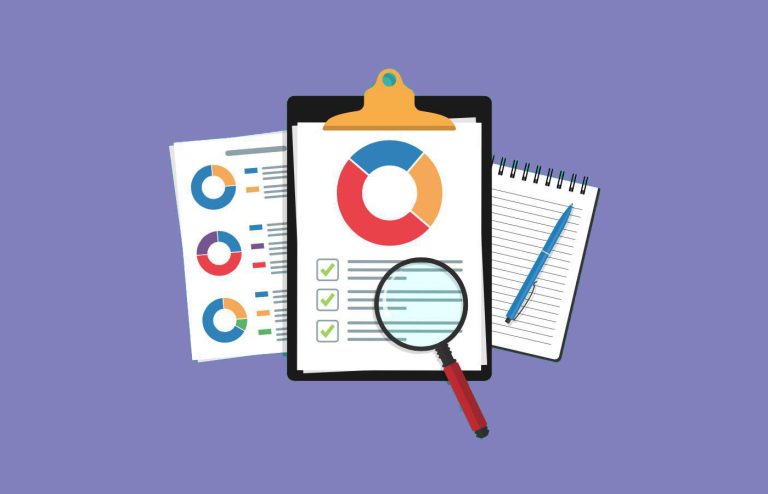Hong Kong Financial Reporting Standard (HKFRS) 15 Revenue from Contracts with Customers became effective for annual accounting periods beginning on or after 1 January 2018. The standard supersedes Hong Kong Accounting Standard (HKAS) 18 Revenue, HKAS 11 Construction Contracts and several revenue interpretations, including Hong Kong (IFRIC) Interpretation 15 Agreements for the Construction of Real Estate. This article considers the accounting treatment for contracts of engineering and construction entities (E&C entities).
HKFRS 15 provides a comprehensive revenue recognition framework for all contracts with customers with limited exceptions. Although many of the principles in HKFRS 15 are similar to those in HKAS 11, E&C entities will likely have experienced some changes to their existing contract accounting. The differences in requirements between the standards, together with the more robust guidance included in HKFRS 15, may lead to different accounting outcomes.
The following are some key areas where E&C entities are likely to encounter changes.
- Identification of performance obligations: Previously, HKAS 11 contained requirements for when a contract covering a number of assets was segmented and treated as separate construction contracts. HKFRS 15 introduces the new concept “performance obligation,” which refers to a promise in a contract to transfer a distinct good or service to a customer. These performance obligations are the units of the contract that are accounted for separately when applying HKFRS15. Careful analysis is required to determine whether a contract has to be “unbundled” into two or more performance obligations. Each performance obligation within a contract can have its own profit margin and pattern of revenue recognition under HKFRS 15.
- Contract combinations: E&C entities often negotiate several separate contracts with the same customer to provide various goods and services. HKFRS 15 makes some changes to the criteria in HKAS 11 for combining contracts. E&C entities should evaluate all of their contracts to determine whether the revised criteria are met.
- Contract modifications: Few construction projects are completed as planned and many are modified due to changes in scope and/or price of the contracts – for example, in the form of change orders and claims. HKFRS 15 includes more detailed requirements than HKAS 11 for contract modifications, which may affect the timing and accounting for contract modifications.
- Variable consideration and payments to customers: The amount of consideration in a construction contracts can vary due to discounts, penalties or incentive payments. HKFRS 15 provides more robust requirements than HKAS 11 for accounting for variable consideration and payments to customers. In particular, HKFRS 15 prescribes specific estimation techniques for variable consideration and constraints on when it can be recognized as revenue.
- Timing of revenue recognition: HKFRS 15 retains over time revenue recognition similar to the stage of completion accounting under HKAS 11. However, specific criteria must be met, meaning that E&C entities no longer have an automatic right to over time revenue recognition. In order to determine whether their contracts meet this criteria, E&C entities should have a full understanding of the construction process, including the nature of the promised goods and services and all contractual terms related to the transfer of control of those goods or services.
- Measurement of progress: Similar to HKAS 11, there are various methods that an entity might use to measure an entity’s progress in transferring a good or service to a customer under HKFRS 15. However, rather than providing entities a free choice of method, HKFRS 15 requires an entity to consider the nature of the good or service being transferred to the customer in determining an appropriate method for measuring progress. Furthermore, HKFRS 15 contains more detailed guidance on applying these methods. Consequently, some E&C entities may need to change their revenue recognition methods.
- Capitalization of pre-contract costs: Most E&C entities incur various costs during the bidding process for a contract. HKFRS 15 has more specific requirements than HKAS 11 for when these pre-contract costs can be capitalized. Costs not meeting these requirements must be expensed immediately.
- Capitalization of borrowing costs: Under HKAS 11, borrowing costs were capitalized as part of the construction costs of an asset if (i) they could be allocated to the specific contract, and (ii) the asset under construction was a qualifying asset under HKAS 23 Borrowing Costs. Under HKFRS 15, the pattern of revenue recognition for the contract (over time or point in time) may affect whether an entity has a qualifying asset and hence the eligibility to capitalize borrowing costs.
To help practitioners better understand the issues above and how HKFRS 15 affects E&C entities, the Financial Reporting Standards Committee of the Institute has prepared detailed questions and answers “Revenue recognition considerations in the engineering and construction industries under HKFRS 15,” which are available on the Institute’s website.
This article is contributed by the Institute’s Standard Setting Department in consultation with experts from accounting rms. It is intended for general reference only and has no authority. The Institute and the staff of the Institute do not accept any responsibility or liability in respect of the article and any consequences that may arise from any person acting or refraining from action as a result of any materials in the article. Comments on this article are welcomed, and should be sent to commentletters@hkicpa.org.hk














